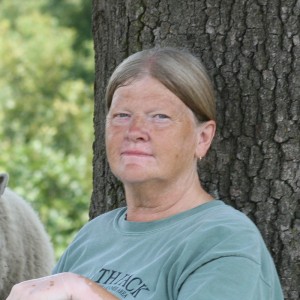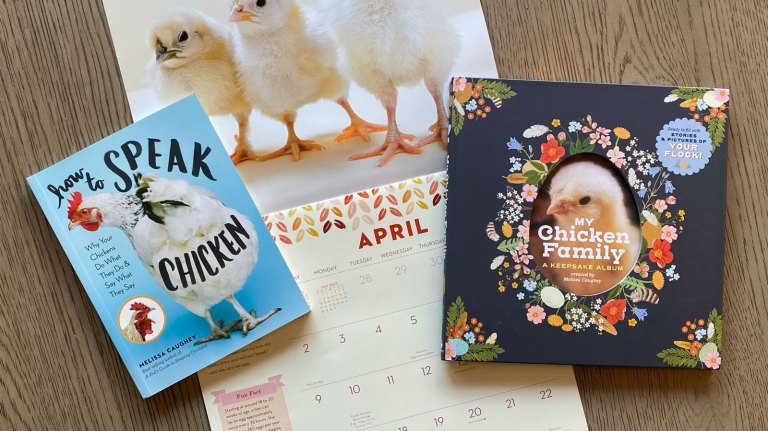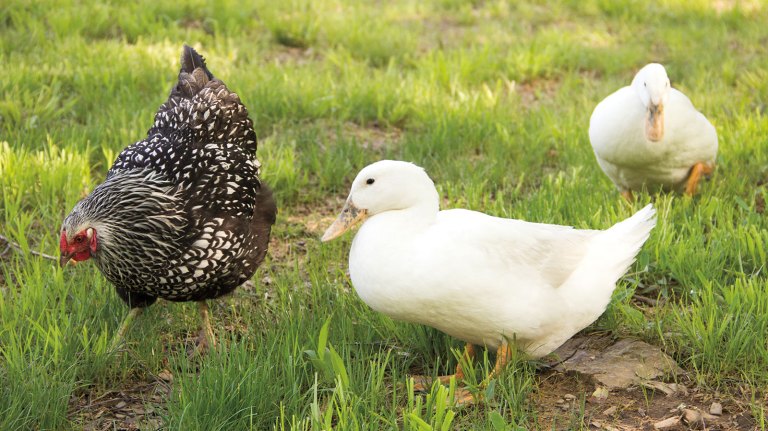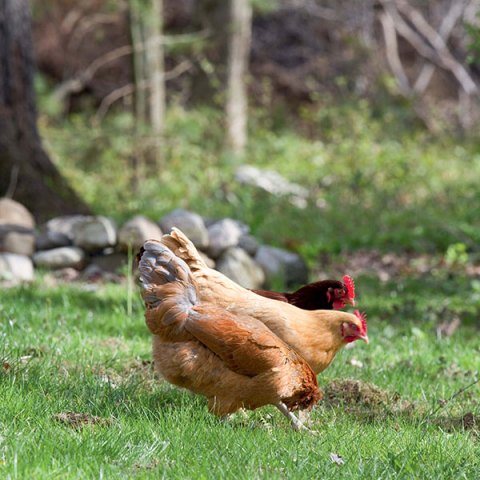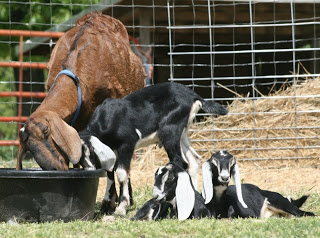Riding the Ox
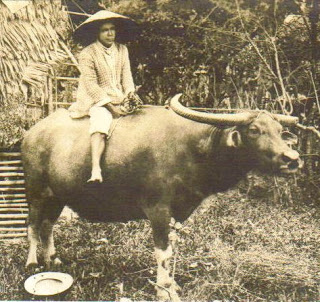
While writing my upcoming Storey book, Have a Cow, I’ll also be doing something I’ve dreamed of but never done before: training a steer to ride. A few years ago I did the groundwork with Frazer, a Highland steer, but life got in the way, and I didn’t finish the task. Frazer went to a home with other riding steers, and I was back to square one.
The concept tickles my fancy because it seems unique, yet ancient art and archaeological evidence suggests that people have ridden cattle almost since humans first domesticated the fierce wild auroch 6,000 to 8,000 years ago in in the Fertile Crescent, Africa, and the Indus Valley of India and Pakistan.
Separate bovine domestications occurred when water buffaloes and yaks were tamed around 3000 BC in the Indus Valley and 2500 BC in China, respectively. Both were used for riding and still serve that purpose in their Asian homelands, where they also provide draft power, meat, and milk.
A surprising number of people saddle up cattle for fun. The International Riding Steer Association has members as far away as England, Sweden, and Australia. Americans are especially fond of riding longhorn steers using Western saddles and nose bits that pierce the animal’s septum with rings for reins on either side. They show their cattle in performance classes at Longhorn shows, participate alongside horses in trail rides, and host cattle saddle clubs in some locales, like the one featured in this short video shot at a Western parade. One trainer even taught his steer to cut cows in the manner of a trained cutting horse.
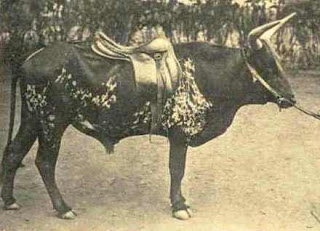
But cattle are ridden in English gear, too, like Hazel, a pretty riding cow ridden by her young Swiss owner, and the steer in this vintage photo above, taken in Angola, circa 1910.
I’ll be training a Jersey-Holstein steer named Aiah and his pal Ludo, the water buffalo calf, and I’m mulling over what type of gear to use on the boys. I don’t want to pierce their noses in the manner of longhorns or water buffaloes, which are guided by a thong through a hole in their septums, so I’ve been contemplating a mechanical hackamore (a bit without a mouthpiece) of the type designed for horses. A few days ago I stumbled across a YouTube video of two girls using such a setup to train their longhorn steer, Chevy. Now I’m convinced!
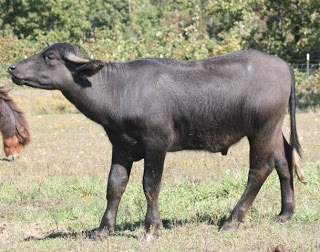
Ludo’s back is very broad and not at all bony, so one of my lightweight Western saddles built on a wide Arabian tree may ultimately fit him when used with a breast collar around his chest and a crupper (like the one Hazel is wearing in the Swiss video) under his tail to stabilize it on his back. Because of his dairy heritage, Aiah’s back is far more angular than Ludo’s, so an English saddle with an adjustable tree is likely in his future, and he’ll need a breast collar and crupper, too.
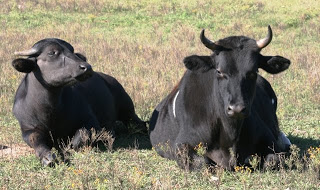
Both of my boys lead, stand patiently when tied to the hitching rail, and (usually) let me pick up their feet. I planned to start by training Aiah, since he’s six months older than Ludo, but a streak of Jersey friskiness (and his long, sharp horns, with which he’s been known to playfully poke my derriere) makes me think it’s probably wiser to gain experience with much-mellower Ludo before I start with Aiah.
However, though he’s a big, husky boy, Ludo is only one year old — old enough, say the longhorn riders I’ve asked, but I am not a featherweight, so I’m not 100 percent convinced. I’ll start him sans saddle (as water buffalos are ridden in much of the world) to cut back on weight. I’ve also beefed up my exercise program (pun intended) and cut fat grams and calories to shed a few pounds and save wear and tear on my buffalo’s back.
A good thing is that water buffaloes mature much faster than horses, and they have incredibly strong, dense bone. And nobody ever set a speed record riding water buffaloes — their walking pace is 1 to 3 miles per hour (these are “stop and smell the roses” types of riding beasts) — so stress is not an issue there.
So let the games begin! I’ll blog about our progress from time to time, and I’ll be chronicling the boys’ training in the book.
Am I crazy to do this? Maybe. But I’m really looking forward to riding these guys!
Sue Weaver sold her first freelance article in 1969. Since then her work has appeared in major horse periodicals, including The Western Horseman, Horse Illustrated, Chronicle of the Horse, Flying Changes, Horseman’s Market, Arabian Horse Times, The Appaloosa News, The Quarter Horse Journal, Horse’N Around, and The Brayer. She has written, among other books, Storey’s Guide to Raising Miniature Livestock, The Donkey Companion, and Get Your Goat! to be published in 2010. Sue is based in the southern Ozark Mountains in Arkansas.
